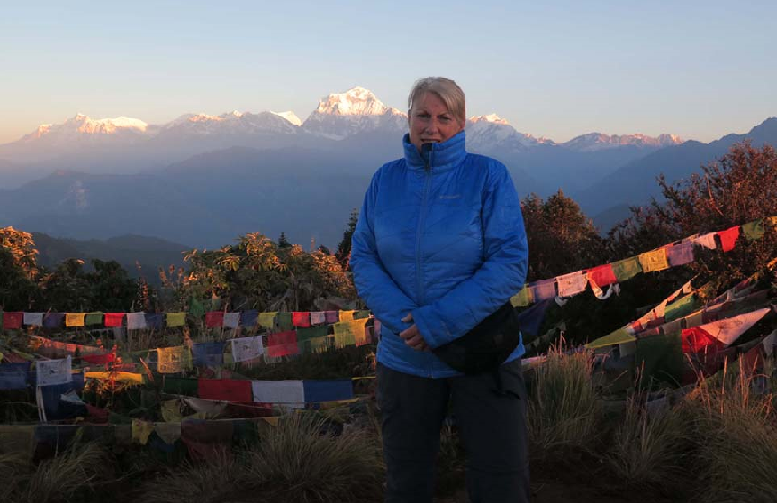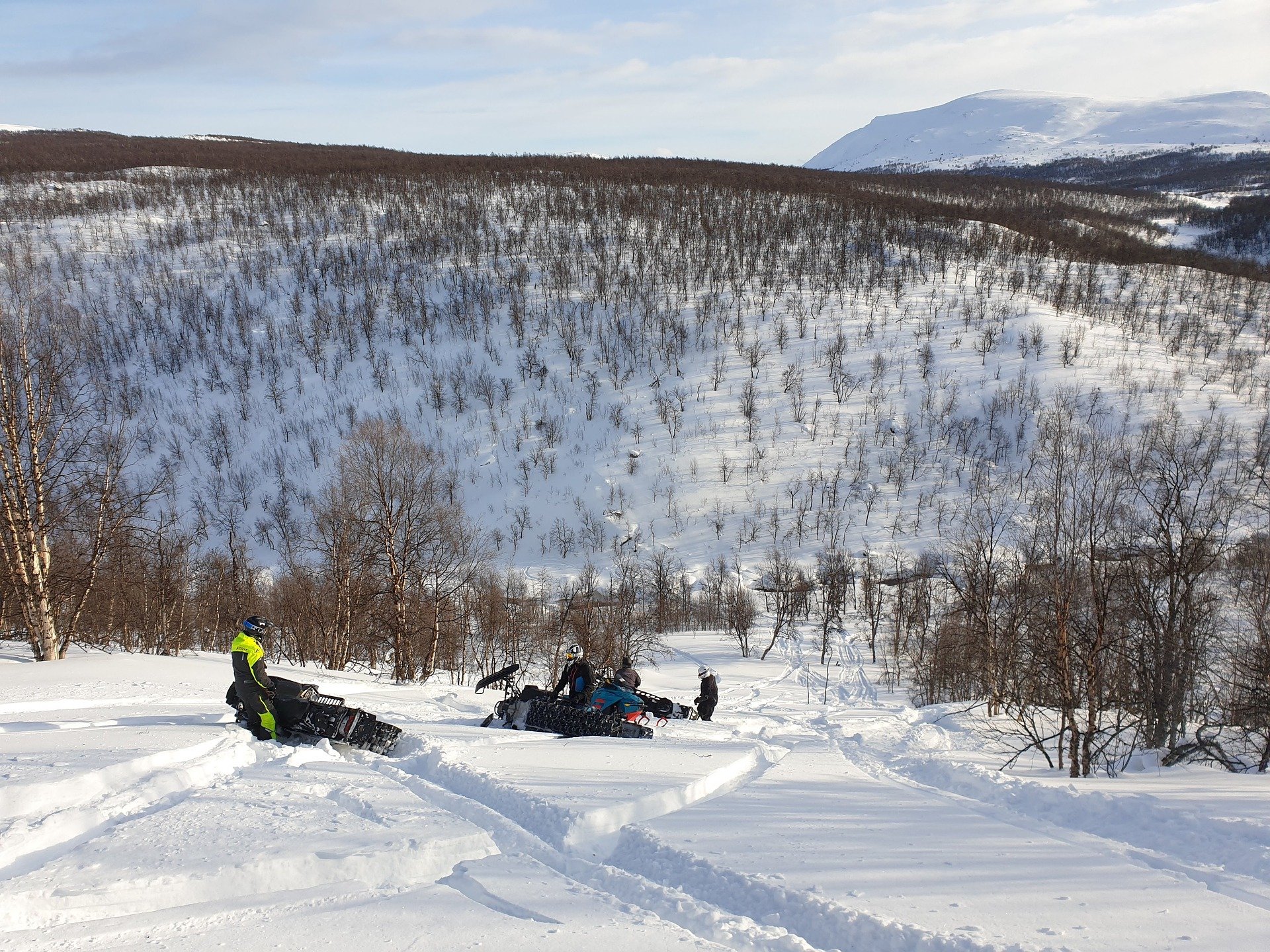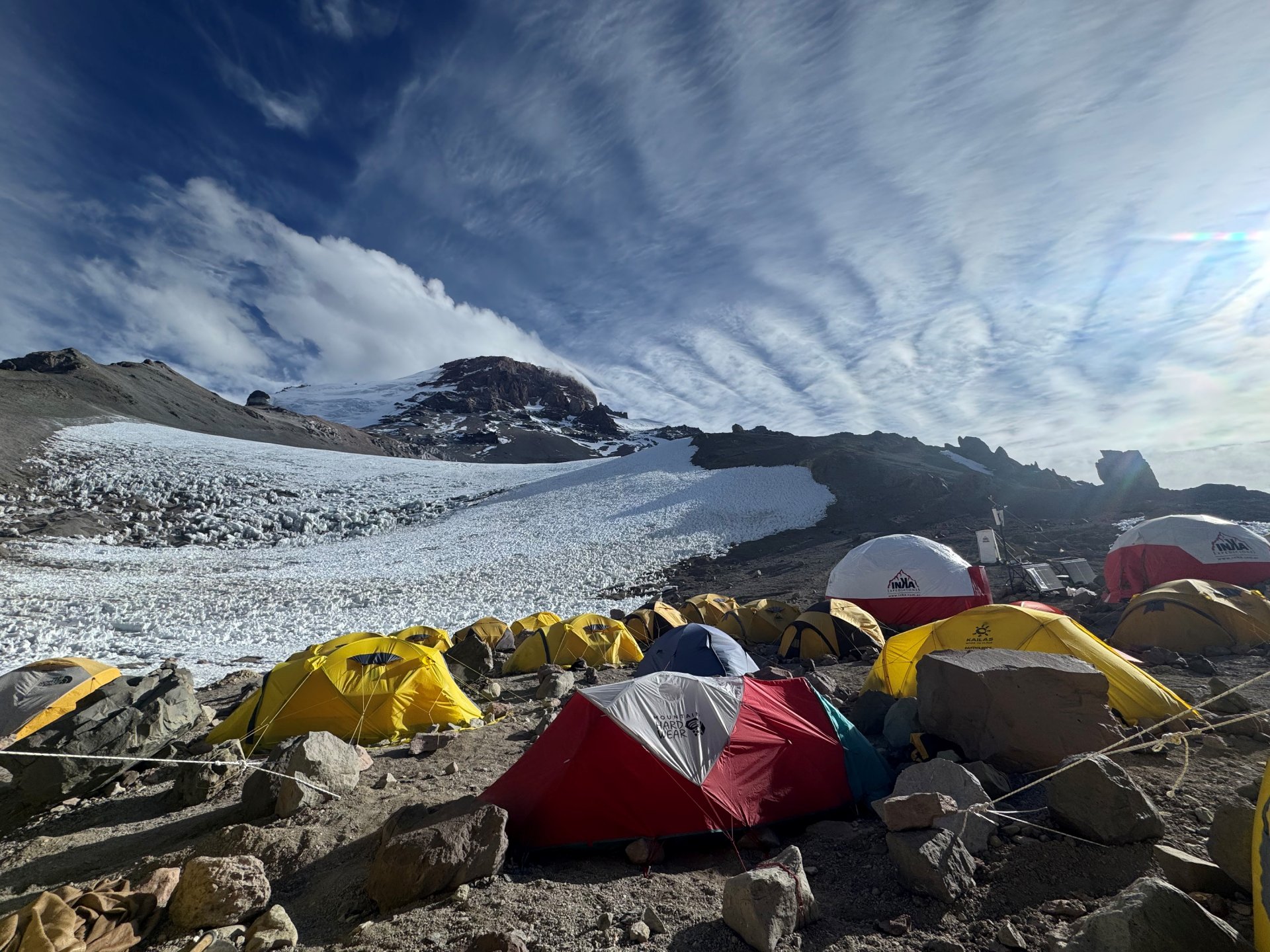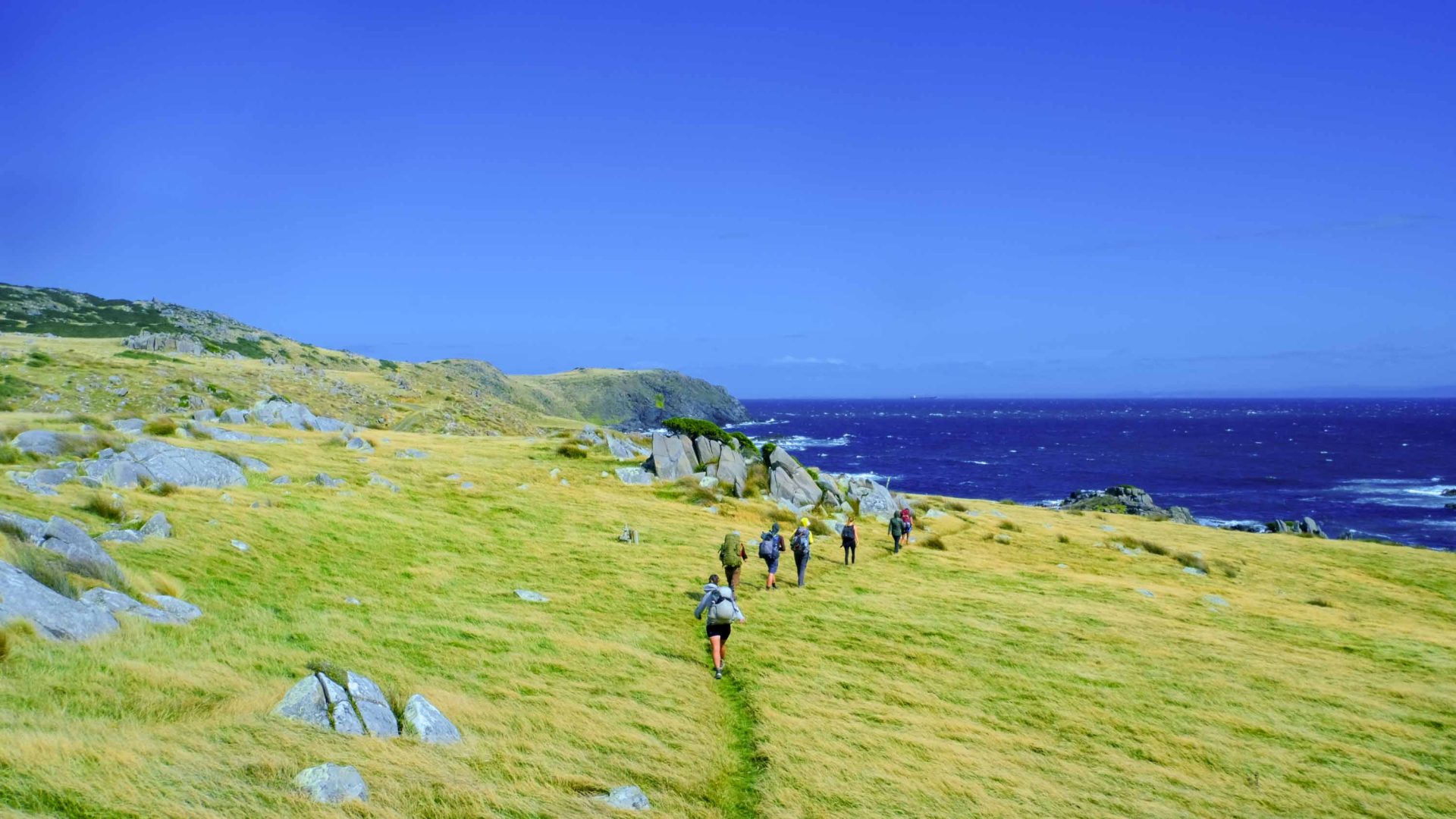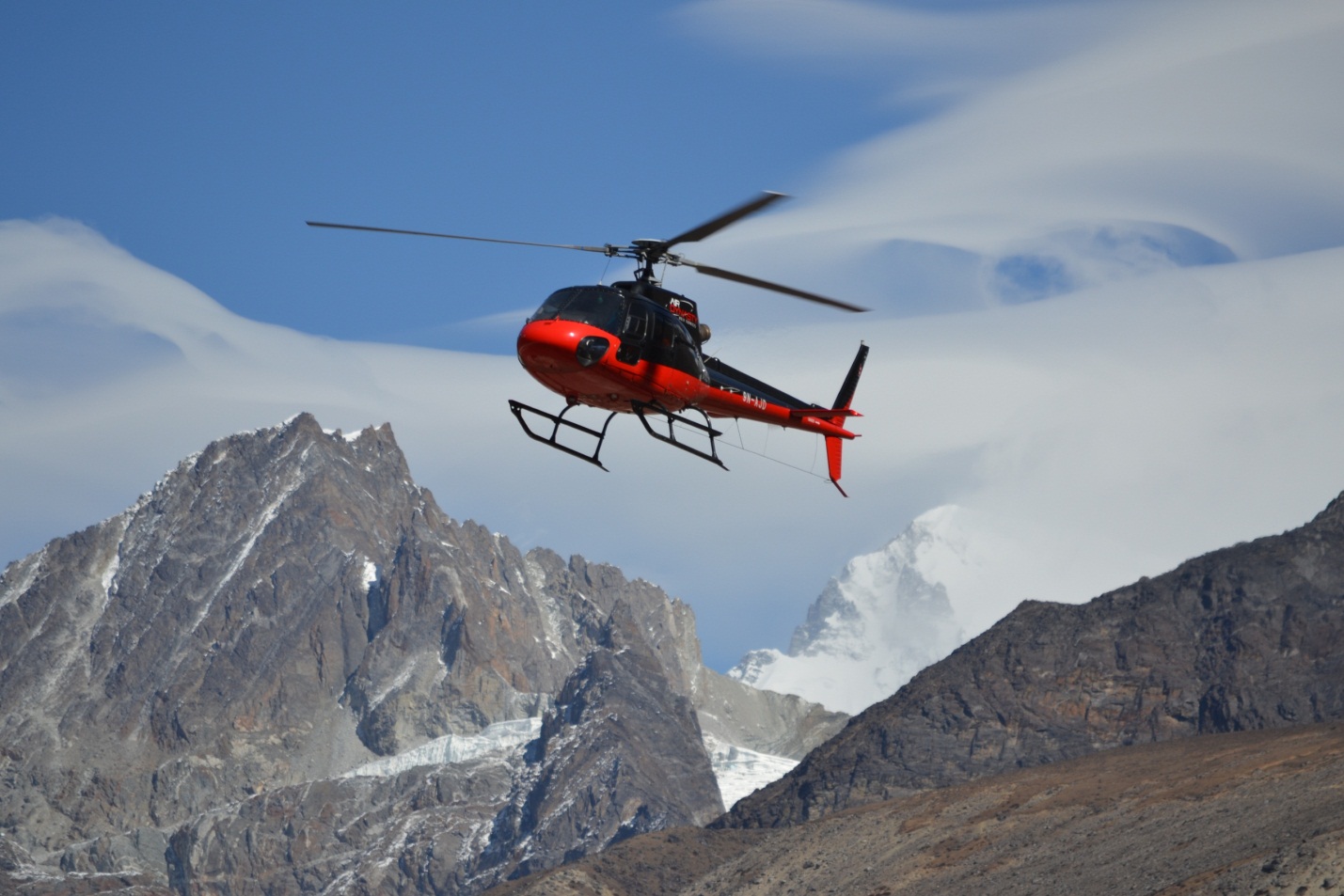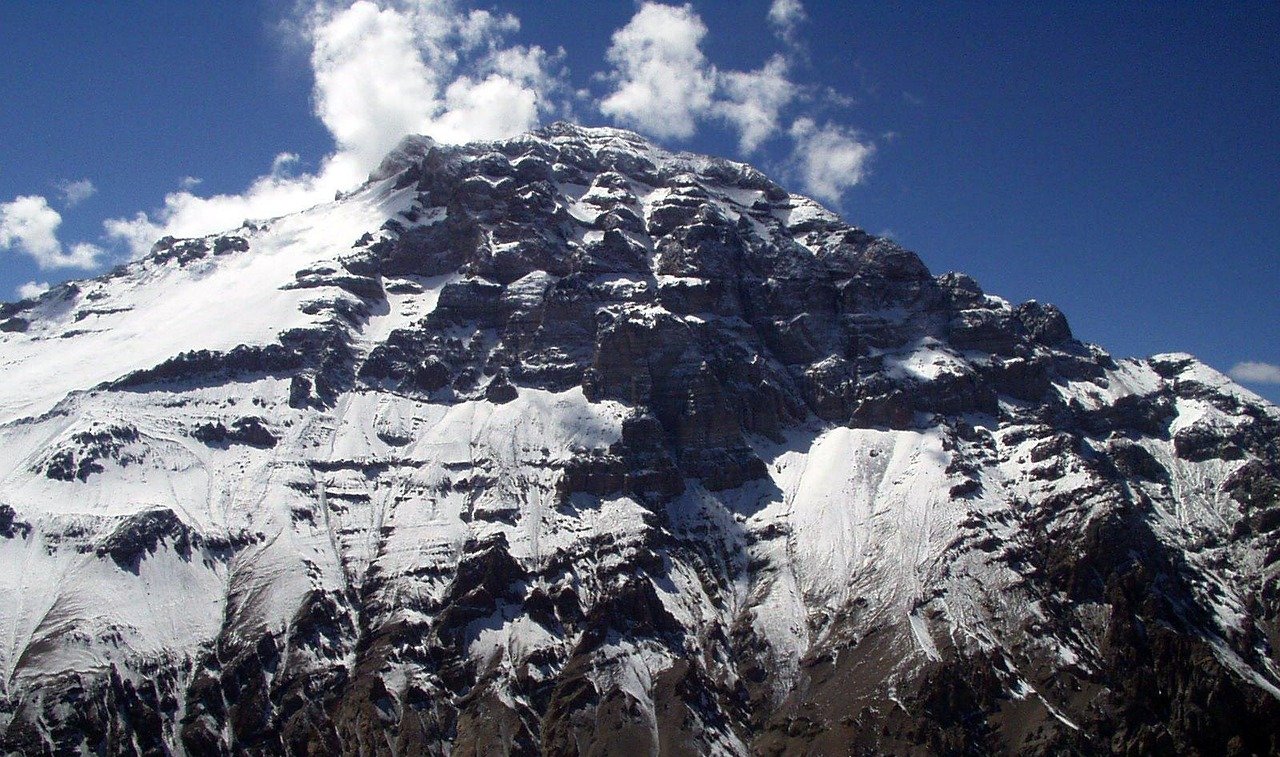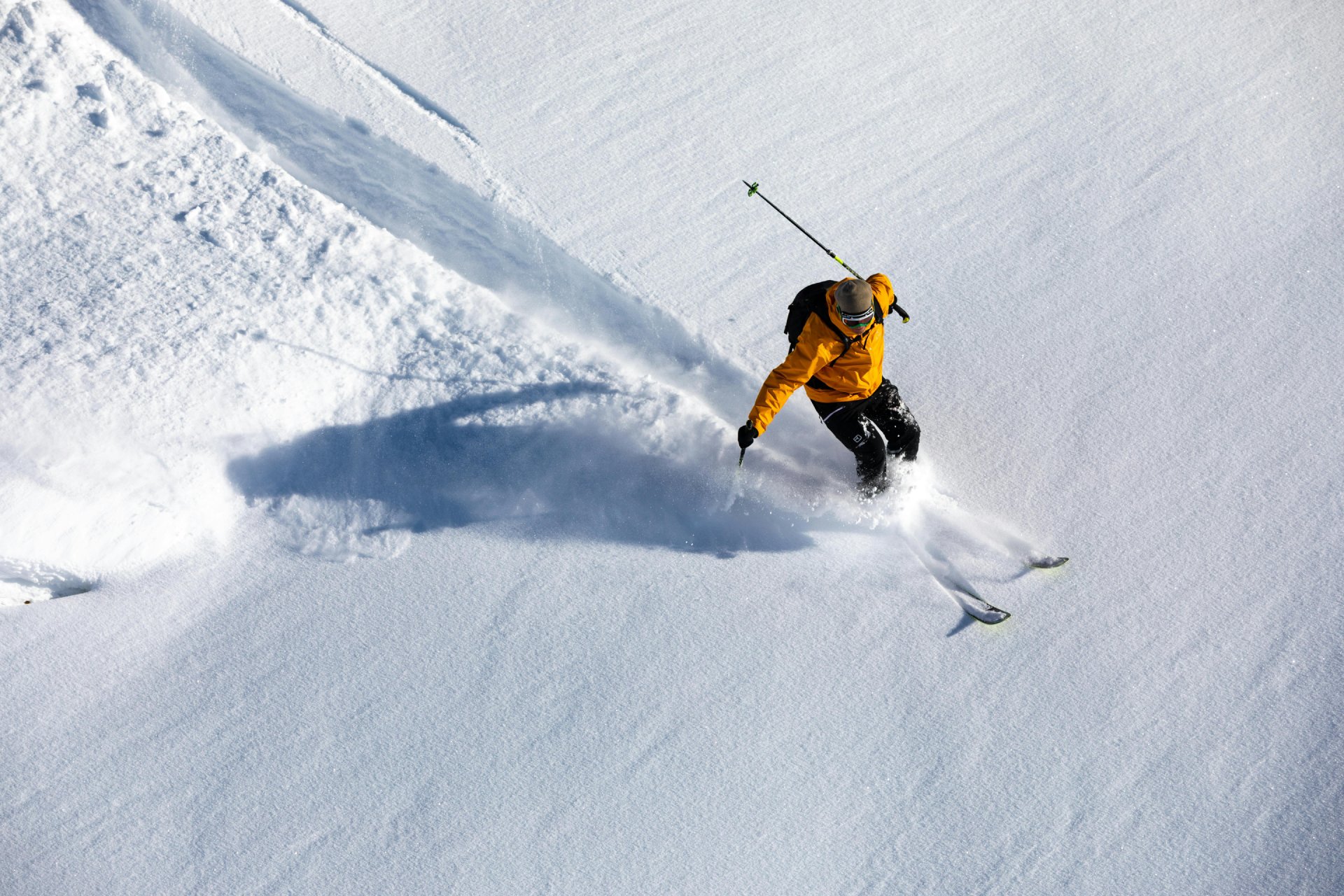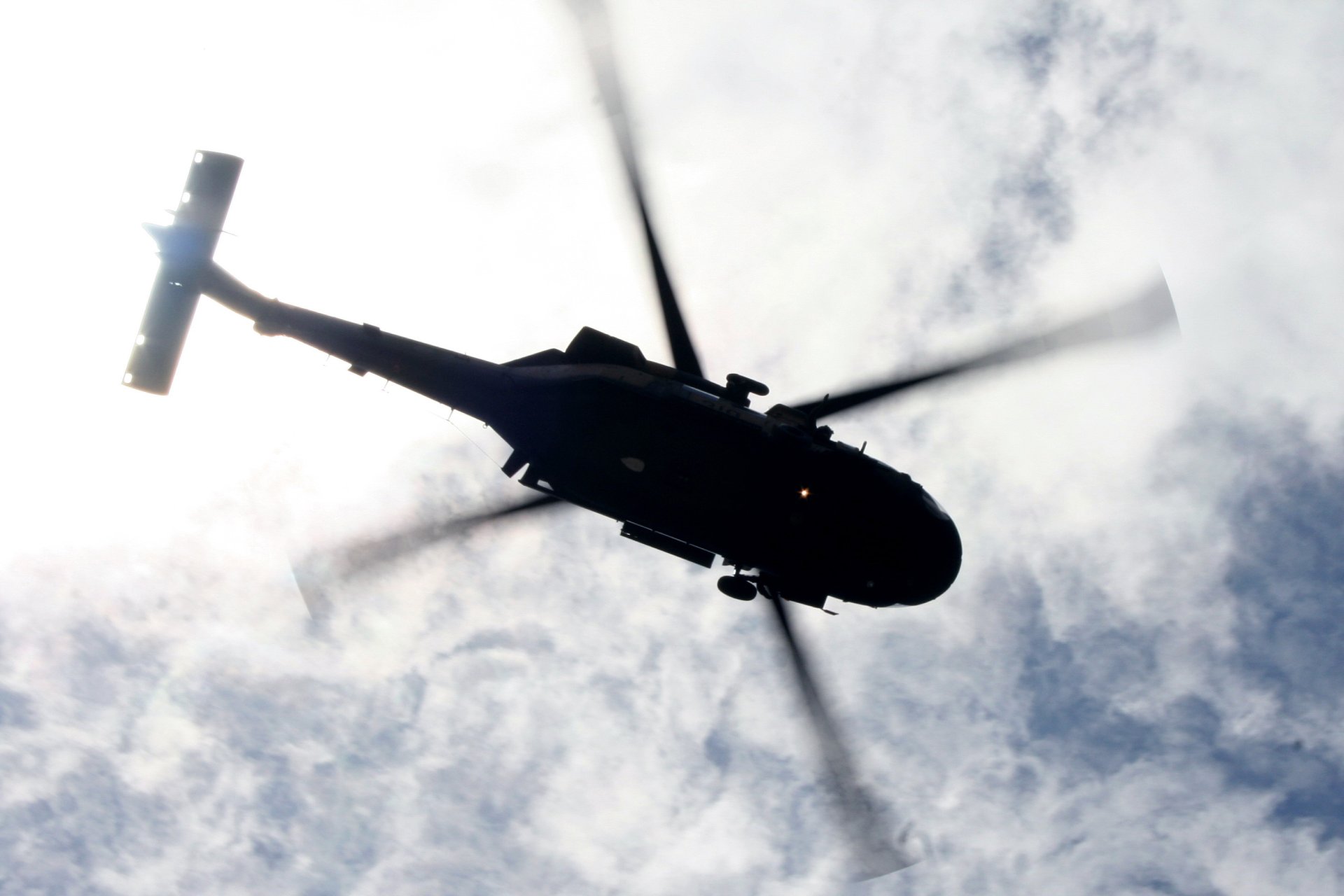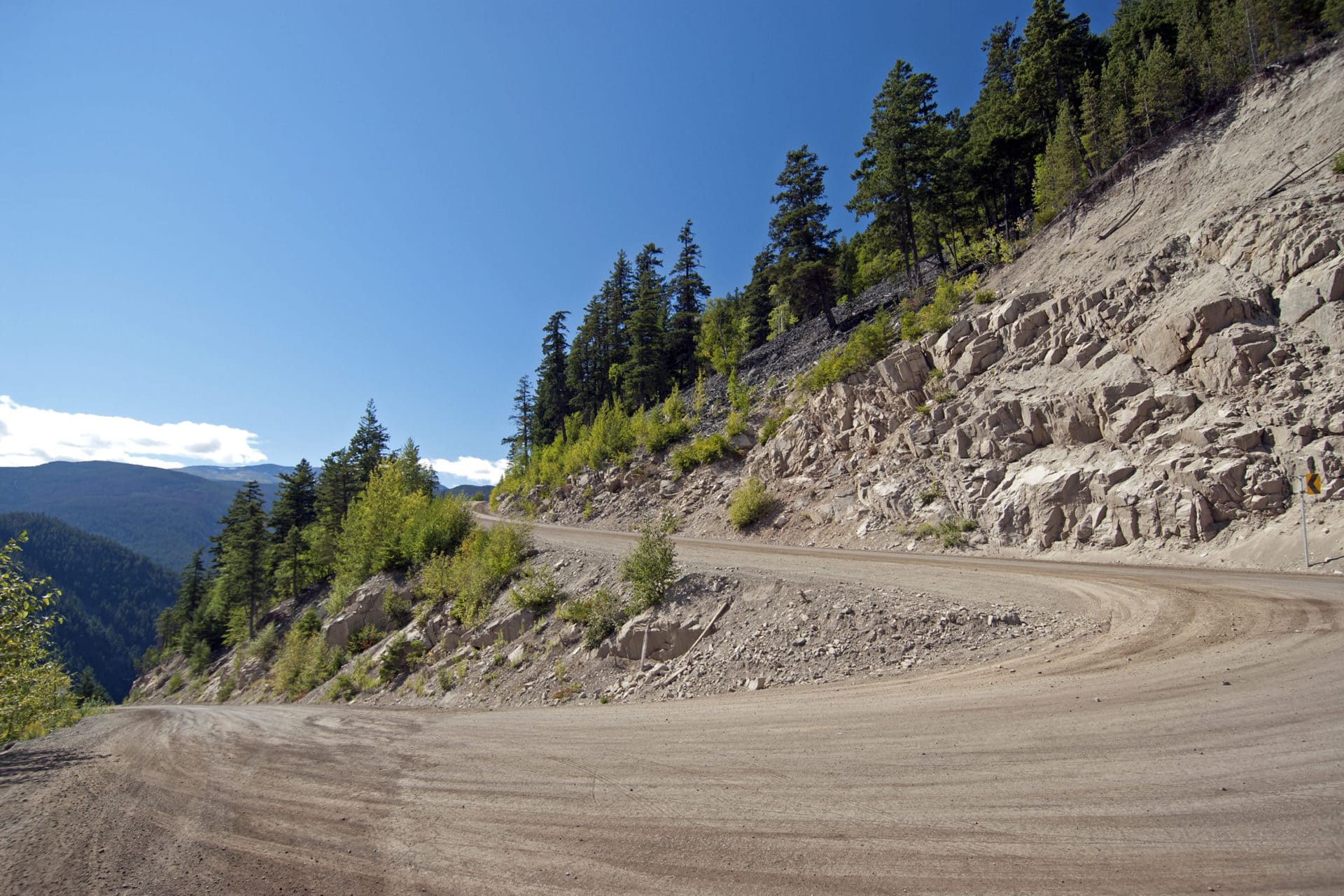Sue Pigdon at Poon Hill in Nepal
Global Rescue member Sue Pigdon of Melbourne, Australia, shared about her experience in Nepal after falling ill. Sue is the author of Hot Flushes in High Places, written to encourage people to go to Nepal and help with the country’s healing after the earthquakes. Proceeds from the book’s sale will go toward Sherpa welfare through the Everest Mountaineering Association.
“Recently I returned to Nepal for the second time. In 2012, two friends and I had trekked to Everest Base Camp and then over the Cho-La pass to the beautiful glacier, Gokyo Lakes.
“This second trek was to ‘climb’ Mera Peak, the highest trekking peak in Nepal at 6476m (21,246 ft). We flew into Lukla and from there trekked up the beautiful but quite remote Hinku Valley for 10 days. We arrived in Kare, elevation 5180m, our last stop before setting out for base camp at Mera La, then high camp and the summit. This was quite a challenging trek in its own right – lots of steep up and down through magnificent rain and rhododendron forest, with a light drizzle every now and then just to make the track a little more slippery!
“Kare was to be a ‘rest’ stop. We arrived at lunchtime and in the afternoon got kitted out in our mountain boots, crampons and ice axe. The next day was a ‘training’ day on a slope out the back of Kare, where we got used to our boots – rope technique, jumar and the ice axe arrest, the latter in theory. No ice and snow in sight as yet.
“I was feeling a little tired in the afternoon so just read, had dinner and went to bed. Breakfast was at 7 AM the next day, but I never arrived. I know that I got up during the night at least once, and recall seeing the time as 5:45am and heading back to sleep.
“However the next thing I knew my group were banging on my door, calling out to me. I roused and thought, ‘Oh no! I have slept in’– but I was in much more trouble than that. I tried to get out of bed, but my head was a bit groggy and my body was not responding to my brain. I managed somehow to get dressed and go up to the common room for breakfast, but I was very feeble and unsteady on my feet. One of our group was a nurse and also highly trained in wilderness medicine. My guide, Ang Dawa Sherpa, is also a very highly respected mountain and trekking guide and has been in the business for years. He knows what HACE (High Altitude Cerebral Edema) and HAPE (High Altitude Pulmonary Edema) look like. Duncan and Ang Dawa took a good look at me – had a quick discussion and said, ‘You need to go down. NOW.’
“I was lucid enough to know I was not well at all, and I could feel myself getting more ill as time passed. There was no argument from me. My life was more important than reaching a summit and putting other people at risk. Duncan used his satellite phone to contact Global Rescue. Because we were so remote, we had a little difficulty initially getting through to Global Rescue to request a heli-evacuation to Kathmandu. However, once good contact was established, it was a smooth exercise. From that initial call to the helicopter arriving, was less than three hours! I was fortunate because Kare is basically the last stop for a helicopter to land on a trek to Mera Peak AND the weather, which had been very overcast for days, was quite clear that morning. Clear enough to get a chopper in.
“After the flight, there was an ambulance waiting on the tarmac in Kathmandu to ferry me to a hospital. The diagnosis of HACE was confirmed at the hospital. I also had a roaring temperature and some fluid on the lung – so suspected HAPE too.
“The Global Rescue team were fantastic. They had called the hospital to make sure I had arrived and then relayed that news to my guide and Duncan in Kare. Global Rescue called the hospital again that night to see how I was doing, and called again in the morning. Each time, Global Rescue also called my group in the wilds of Nepal to give them an update. The classic go-between. This reassurance was just wonderful for all of us.
“As my wits slowly returned at the lower altitude, it was very lonely to be in hospital by myself in a strange country. While the hospital staff were great, to know that the Global Rescue team also had my back and were keeping me connected to my group was fantastic.”
“Global Rescue continued to monitor my situation for three days. I was kept in hospital overnight for observation and then had to return the day after for a check-up. By day three it was clear I was on the mend.
“All our group had taken out Global Rescue memberships, as we had on our first trek too. It is such a small outlay for a Global Rescue membership and you never know when you might need it. Prior to the Mera Peak trek, I had been in high altitude – higher than the elevation of Kare — both in Nepal and Peru and had no problems. You never know with high altitude sickness where it will strike, when it will strike and who it will strike.
“I am very grateful to the Global Rescue team for their professional and quick response to my situation. I cannot commend them highly enough. Don’t go on a trek, or any place remote, without Global Rescue!”
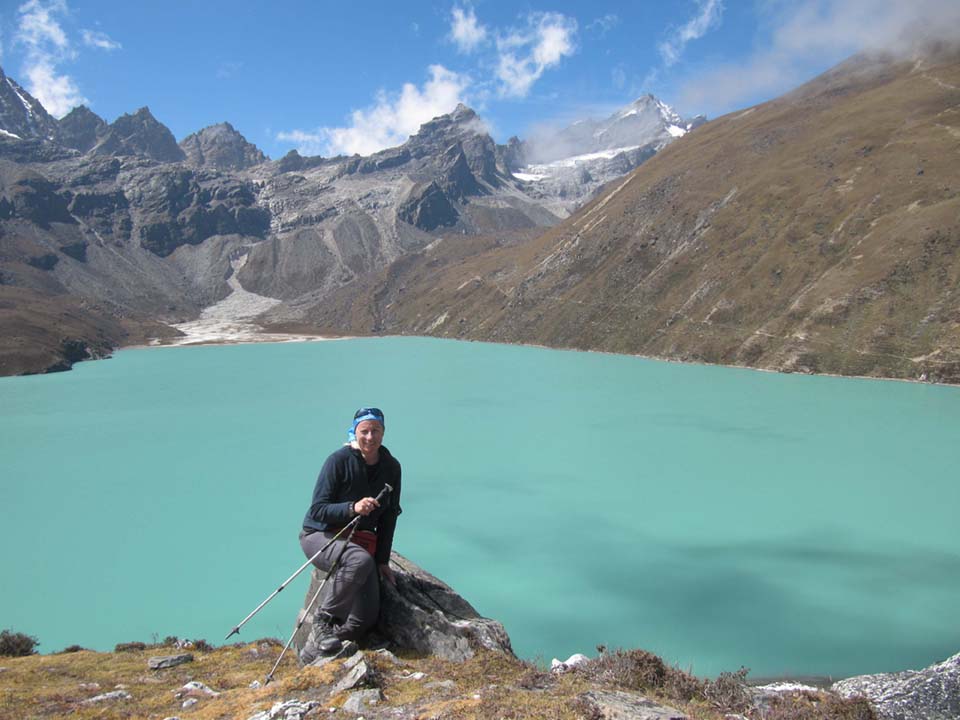
Sue Pigdon at Gokyo Lakes

